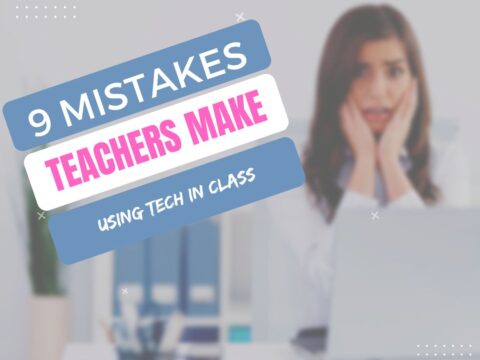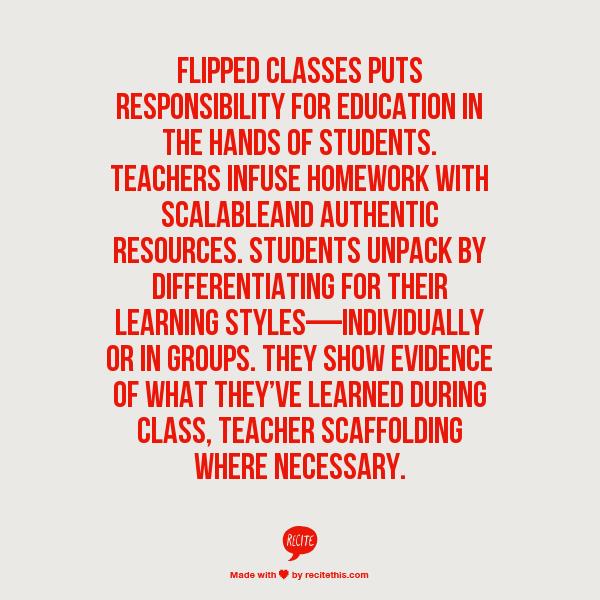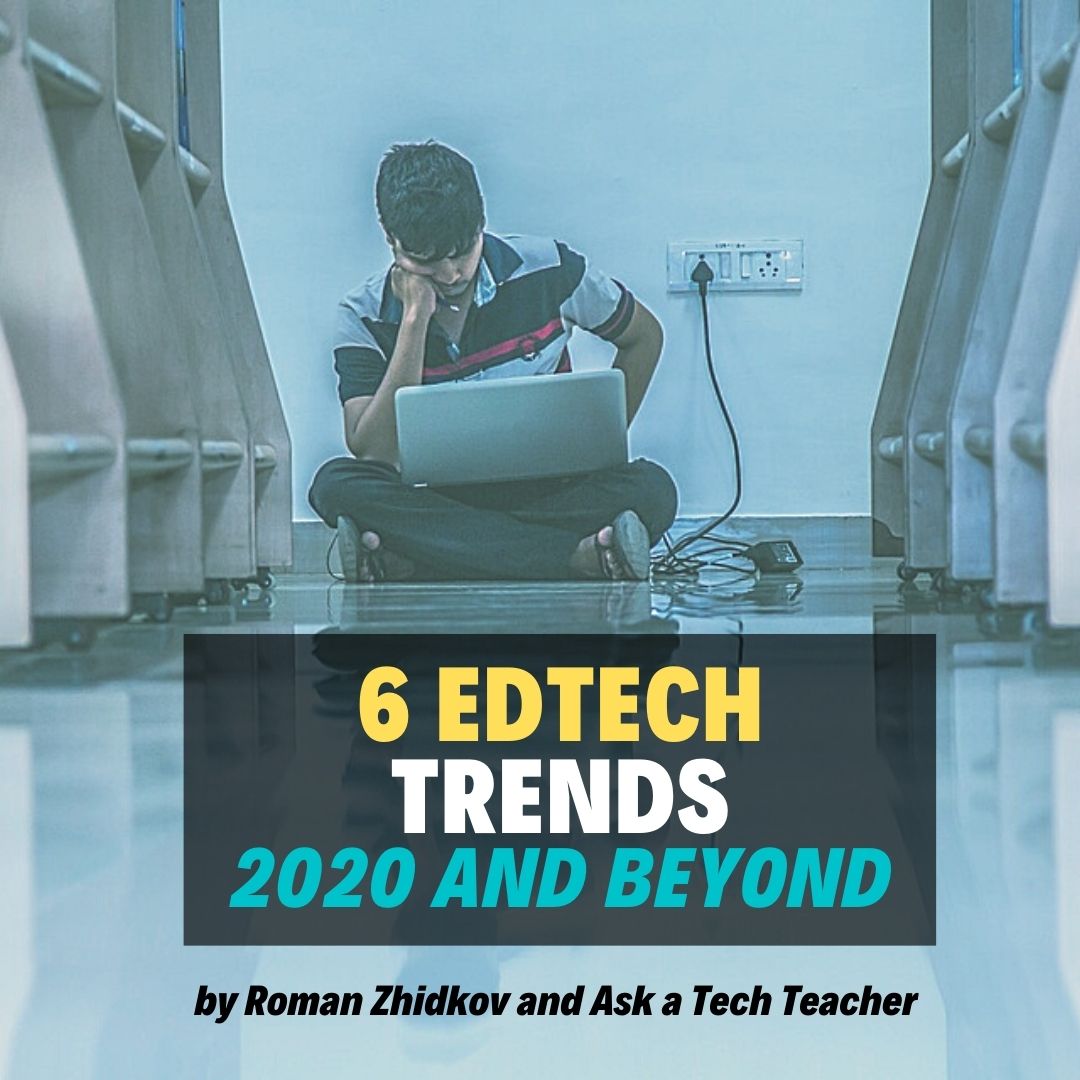6 Key trends in education to be looking at, from the Ask a Tech Teacher team:
Key Digital Innovations for Today’s Education Professionals
The digital transformation is underway, and while its impact on society is undeniable, education is among the most disproportionately affected areas. It’s not just about ditching blackboards for tablets – education today is undergoing a paradigm shift in teaching methodologies.
It’s not far-fetched to claim that technology is reshaping the philosophical and practical underpinnings of education. This article brings an overview of key trends that are leading the charge.
Adaptive & Individualized Curriculums
Artificial intelligence and its power to analyze data and make decisions based on the findings is starting to permeate classrooms. One of its most exciting uses is in creating personalized curriculums that account for students’ interests and competencies.
Data gathered through evaluations, completed assignments, and interaction with chatbots or virtual assistants provides educators with insights into students’ unique needs and learning styles.
Integrating such data into Learning Experience Platforms (LXPs) creates the basis for better engagement, motivation, and results since each student benefits from a tailored experience that works best for their needs and aspirations.
Gamification
Dry subject matter coupled with decreasing attention spans means traditional teaching approaches are becoming less effective. One way of addressing this is by borrowing principles video games use to keep their audiences engaged.
Gamification in the classroom can take on various forms. Educators can reward students with points & perks once they prove they’ve mastered the subject matter. Creating leaderboards that foster healthy competition is another successful approach that motivates students to catch up to their peers.
Virtualized and Augmented Learning
Rote memorization is an outdated and poor method of preparing students for real-life challenges. We learn best through practical application and with multiple senses engaged. Educators already rely on diverse materials to get their points across. Still, the immersion virtual reality brings is without precedent.
Students can travel through time, explore the solar system, or immerse themselves in the complex inner workings of advanced machinery without leaving the classroom.
Bringing concepts to life in the real world using augmented reality is also gaining traction. Teaching students the intricacies of anatomy via AR is already heightening their spatial reasoning and making it easier to internalize advanced concepts textbooks and videos can’t bring to life as vividly. We won’t need to wait long for AR’s broader application.
Hybrid Learning
Pandemic-induced remote learning wasn’t without its share of problems. However, it also highlighted benefits educational institutions would be foolish to dismiss given a choice. Hybrid learning combines the social, structured, and guided principles of in-class lessons with the flexibility and self-motivation inherent to remote learning.
While tricky to set up and geared more towards older students, a shift towards hybrid learning has clear benefits. It lets students balance work with self-betterment or strive for educational opportunities; medical conditions or budget constraints would have prevented them from pursuing.
Administrative Automation
Digitization is transforming every aspect of education, including the tedious yet necessary administration going on behind the scenes.
On the one hand, there’s a push for streamlining application processes and minimizing paperwork. The idea is to let students apply to all the institutions they’re eligible for without standing in line or dealing with disgruntled admin staff. AI can help automate the selection process and notify prospective students of their application status.
On the other hand, automation is lessening teachers’ and administrators’ day-to-day burdens. These include writing and adapting lesson plans, forming and updating schedules, and creating student assessment reports.
AI is again helpful in streamlining tasks like creating and evaluating exams or quizzes, letting teachers focus more on refining their methods or helping students who need extra attention.
Cybersecurity Tools
Cloud computing resources, online learning platforms, and the expanding databases that make data-driven insights possible need protection from cyber threats. Data breaches and malware are particularly harmful as they can expose sensitive information on faculty and students. Since most in the latter category are minors, educational institutions have a duty to protect their digital assets through state-of-the-art means.
Password managers offer solutions for key cybersecurity problems while making the faculty’s lives easier. They automatically store all passwords securely in an encrypted vault and fill them into the required fields. Searching for the right login details and putting class to a standstill becomes a thing of the past. More importantly, they replace inadequate and duplicate passwords with complex, unique ones, strengthening account security and cybersecurity resilience.
Schools & universities are increasingly the targets of social engineering attacks, which are harder to combat since they result from human error. Budgets may already be tight, but making room in them for cybersecurity training is a necessity with long-term benefits for finances, reputation, and data safety.
In addition to budgeting for cybersecurity training, educational institutions should consider investing in reliable password manager apps like NordPass. As mentioned earlier, these tools not only streamline the password management process but also enhance security.
Conclusion
Once-in-a-lifetime world events and the most impactful technological innovations of our time are altering the fundamentals of education, most of us thought axiomatic five years ago. Time will tell if that will be enough to prepare future generations for the interesting times ahead.
Here’s the sign-up link if the image above doesn’t work:
https://forms.aweber.com/form/07/1910174607.htm
“The content presented in this blog are the result of creative imagination and not intended for use, reproduction, or incorporation into any artificial intelligence training or machine learning systems without prior written consent from the author.”
Jacqui Murray has been teaching K-18 technology for 30 years. She is the editor/author of over a hundred tech ed resources including a K-12 technology curriculum, K-8 keyboard curriculum, K-8 Digital Citizenship curriculum. She is an adjunct professor in tech ed, Master Teacher, webmaster for four blogs, CSTA presentation reviewer, freelance journalist on tech ed topics, contributor to NEA Today, and author of the tech thrillers, To Hunt a Sub and Twenty-four Days. You can find her resources at Structured Learning.






































Wow using AI fro Adaptive & Individualized Curriculums and AR are two things that sound extremely interesting to me. Education has indeed come a long way.